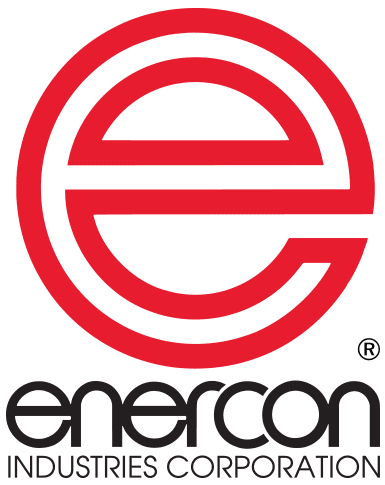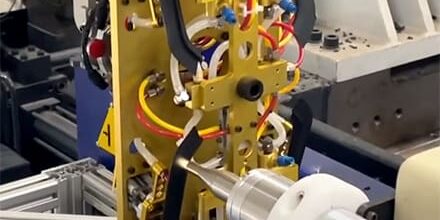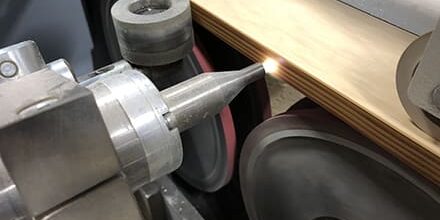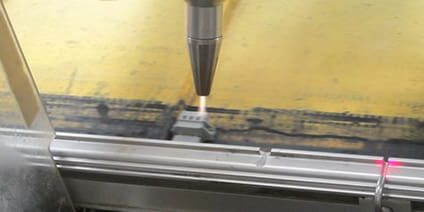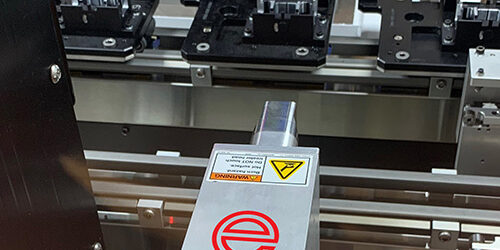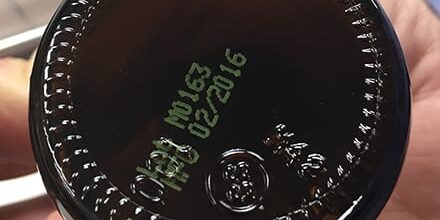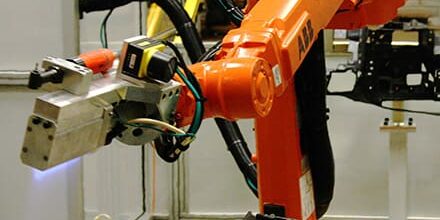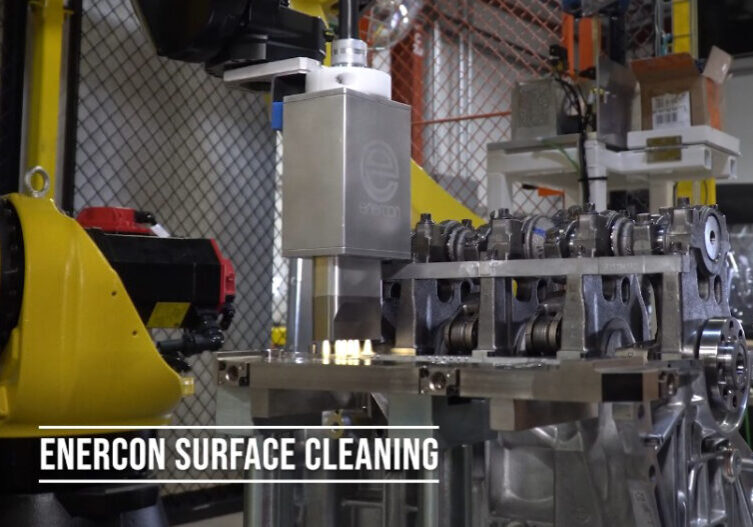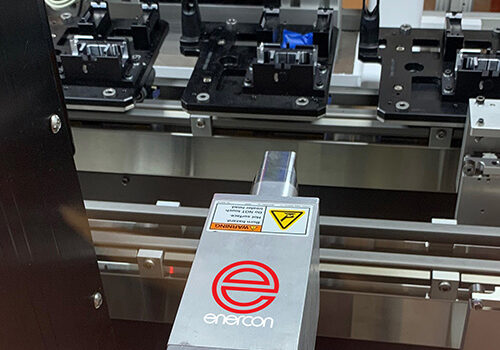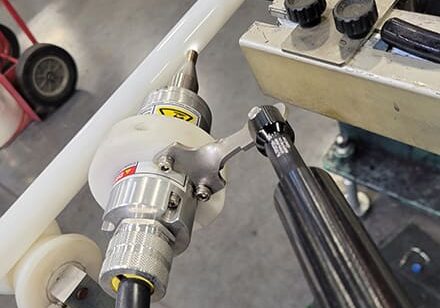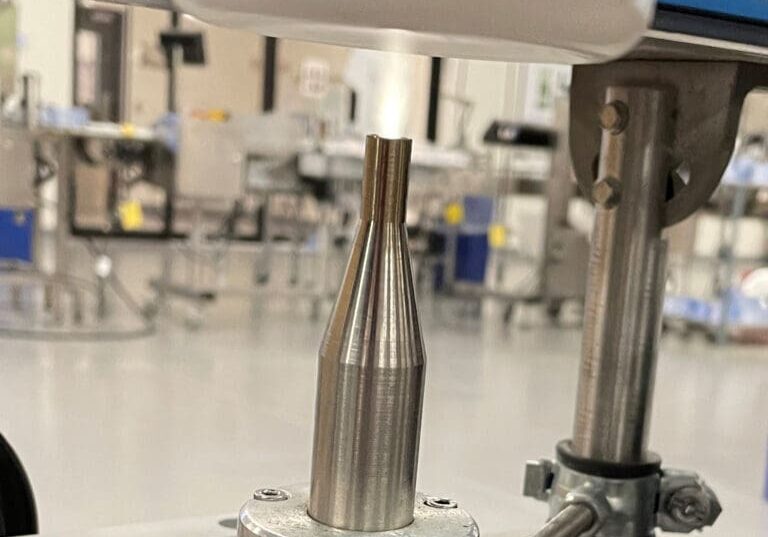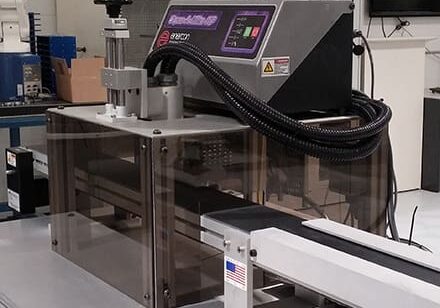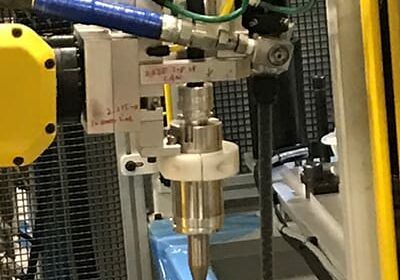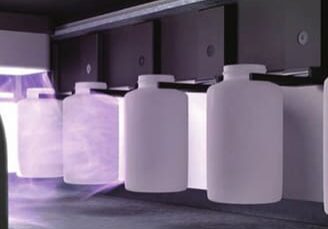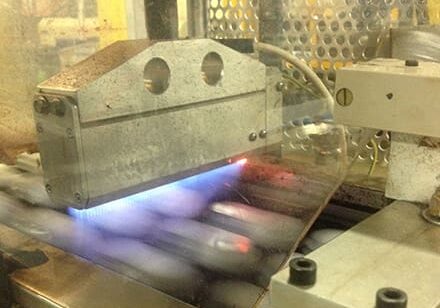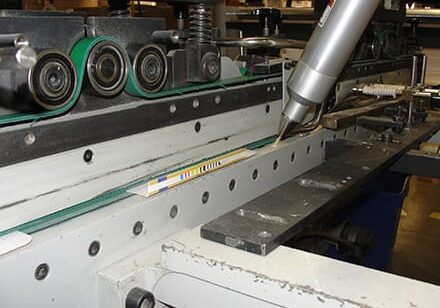PLASMA TREATING Featured Customer Application Stories
LEARN MORE All Application Articles
Filter by Application
Filter by Technology
Filter by Material
Filter by Subcategory
Automotive Manufacturer Reduces Warranty Claims with Plasma Treating (Video Included)
A major automotive manufacturer is reaping the benefits of reduced warranty claims by implementing plasma treating into their adhesive bonding operations. This specific application is for creating a Formed-in-Place Gasket...
Plasma Replaces Propane Torch to Improve Print Adhesion on PE Pipes
As one of the largest manufacturers and distributors of piping in Canada, CB Supplies is continuously looking for new technologies to improve efficiencies and support environmental conservation. Their recent investment...
Enercon Plasma Treater is a Game Changer for Biovation Labs’ FDA – Approved Packaging
Biovation Labs is an NSF 455-2 registered facility, providing their high-quality formulation, blending, encapsulation, tableting, and packaging. As a certified cGMP (Current Good Manufacturing Practices) facility, Biovation Labs takes pride in...
Solving Potting and Assembly Adhesion Challenges with Custom Solutions
Mertek Solutions, Inc. (Sanford, NC) designs and builds custom machinery for automated manufacturing in a wide variety of industries including automotive, medical, packaging, assembly, consumer goods, appliances and plastics. The...
Plasma and Flame Surface Treating Enable Automotive Adhesive Bonds
TA Systems of Rochester Hills, Michigan, specializes in engineering custom automation solutions for the automotive industry. Their customers rely on them to integrate multiple technologies and processes into efficient manufacturing...
Improve Label Adhesion on Bottles – Flame & Plasma Treaters
When packagers are faced with label adhesion challenges, flame and plasma surface treaters are often used to increase bond strength. Label adhesion problems on bottles occur because many of the...
Flame Treater Cures Downtime, Eliminates Poor Ink Adhesion
Centor (Millersburg,OH) is one of the leading suppliers of caps and bottles used for prescription medications. They manufacture containers in all shapes and sizes for pills and liquids you would...
Folding Carton Manufacturer Eliminates Solvent Adhesive
Folding carton manufacturer Evergo Packaging prides itself on being environmentally conscious and ahead of the curve when it comes to its printing and packaging technologies. The company is certified by the Forest...

